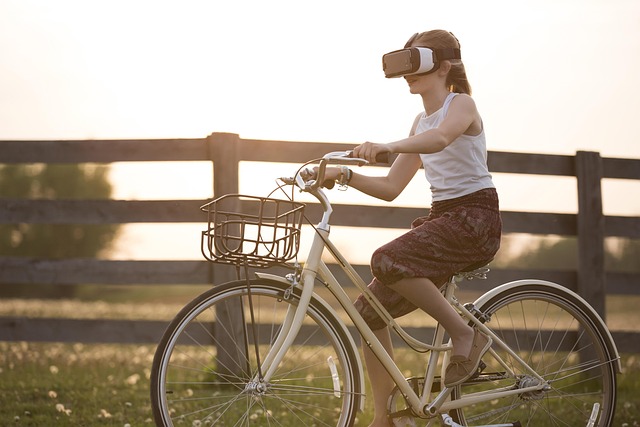The advent of technology has always played a pivotal role in education, revolutionizing how knowledge is imparted and absorbed. Today, we stand on the brink of yet another transformative era with the virtual reality integration in education. Imagine being able to transport students to ancient civilizations, deep oceans, or distant planets, all from the comfort of their classroom. This is not merely a fantasy; it is the promise of virtual and augmented reality.
Virtual reality (VR) offers immersive experiences that can take learning to unprecedented heights. It creates environments that can simulate real-world scenarios, allowing students to experiment, explore, and learn in ways that traditional methods simply cannot achieve. For instance, medical students can practice surgeries in a risk-free VR environment, while history students can walk through ancient cities as if they were really there. This level of engagement not only enhances understanding but also catalyzes a deeper emotional connection to the subject matter.
Similarly, augmented reality (AR) supplements our real world with virtual elements, creating interactive learning experiences that enrich the curriculum. Imagine holding up a tablet to a science textbook and watching a 3D model of a cell come to life right in front of your eyes. These interactive elements can help visualize complex topics, making the learning process more tangible and enjoyable for students.
The metaverse represents another frontier that is crucial to the discussion of virtual reality integration in education. This interconnected, digital realm provides a space where learners and educators can interact and collaborate in real-time, regardless of their physical locations. In the metaverse, classrooms transform into dynamic environments where students can work together on projects, attend lectures by global experts, or even participate in virtual field trips. The boundaries of geographical location dissolve, fostering a more inclusive and accessible education system.
The importance of these technologies is becoming increasingly clear as we face challenges in traditional educational frameworks. As learners become more tech-savvy and accustomed to interactive interfaces, there is a pressing need to adopt innovative solutions that resonate with their experiences. The shift towards virtual reality integration in education is a step towards meeting students where they are, making learning more relevant, engaging, and effective.
Despite the immense potential of virtual reality and augmented reality, implementing these technologies in classrooms requires thoughtful planning and investment. Educators must be equipped with the necessary training to effectively integrate these tools into their teaching methodologies. Furthermore, institutions must ensure that they have the appropriate infrastructure in place, along with a commitment to equal access for all students.
As we forge ahead into this new frontier, the quest for knowledge merges seamlessly with innovative technology. The power of virtual and augmented reality, when harnessed for educational purposes, has the potential to not only enhance learning outcomes but also inspire a lifelong passion for discovery and understanding in students of all ages.
Ultimately, the integration of virtual reality in education is more than just a trend; it is a transformative movement that has the capacity to redefine how we approach teaching and learning. With every leap forward in this field, we continue to unlock new possibilities for enriching the educational landscape and preparing future generations for an ever-evolving world.



